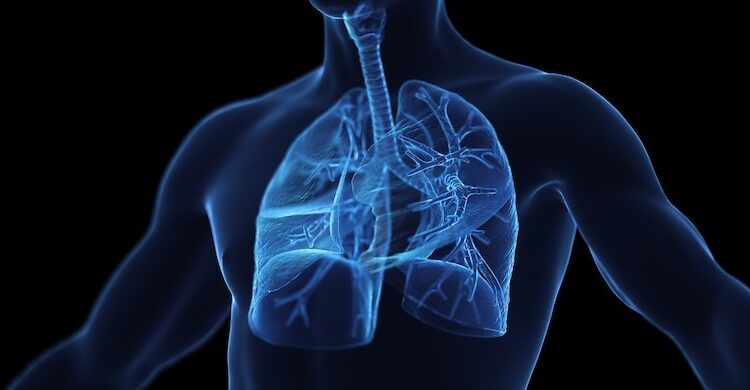
Cancer patients don’t have time to waste, yet many must endure a tedious process of elimination as physicians try several different treatments until identifying the one that is most effective against their particular type of tumor. Now researchers at the University of Virginia Health System have developed a breakthrough method that could one day eliminate this trial and error approach to treating many cancers.
Their disovery is a novel algorithm, called COXEN (coexpression extrapolation), that rapidly sorts molecular information about a patient’s particular tumor and matches this information to a precise drug treatment. Their study appears in the November issue of Cancer Research and is available online Oct. 20 at http://cancerres.aacrjournals.org/.
“The most exciting aspect of this research is that in addition to predicting patient responses to therapy, the COXEN algorithm can be used to discover effective compounds for many forms of cancer,” says Dan Theodorescu, MD, PhD, director of the UVA Paul Mellon Urological Cancer Institute and co-author of the study. Theodorescu developed COXEN with co-author Jae Lee, PhD, director of bioinformatics in the UVA Department of Public Health Sciences.
“Because COXEN examines both cancer cells and drug activity at the molecular level, these newly discovered drugs should prove to be more effective in patients,” explains Theodorescu. “This pre-screening for effectiveness should greatly lower the failure rate of clinical trials that test new compounds and also should decrease drug discovery timelines. Basically it brings the chemists making the drugs much closer to the clinic.”
The study evaluated gene expression models (GEMs) and resultant scores for their ability to predict tumor response or patient survival in seven groups of patients with a variety of tumor types including breast (N=275), bladder (N=59), and ovarian (N=143) cancers treated with multi-agent chemotherapy. Some 233 patients were participants in prospective clinical studies.
Gene expression models provided effective prediction of tumor response and patient survival, while offering additional help to established clinical and pathologic tumor variables. For example, in bladder cancer patients treated with neoadjuvant MVAC (Methotrexate, Vinblastine, Doxorubicin, Cisplatin) a commonly used regimen in bladder cancer, the three-year overall survival for those having favorable gene expression model scores was 81 percent compared with 33 percent for those with less favorable scores. Gene expression model scores for breast cancer patients treated with FAC (Fluorouracil, Doxorubicin, Cyclophosphamide) and ovarian cancer patients treated with platinum-containing regimens also stratified patient survival (five-year overall survival 100 percent compared with 74 percent, and three-year overall survival 68 percent compared with 43 percent, respectively).
“We are excited about these results and continue to work hard at evaluating the ability of this approach to predict the outcome of patients treated with the most common therapies used in oncology today, especially those novel ones involving targeted agents,” says Theodorescu.
“We believe we may have found an effective way to personalize cancer therapy. Our preliminary work seems to indicate that this approach may also be applicable to cardiovascular and other diseases, but more work is needed,” says Lee.
The multidisciplinary team led by Theodorescu and Lee involved collaboration with colleagues in several departments at the University of Virginia including the Departments of Public Health Sciences, Molecular Physiology and Biological Physics, and Pathology.
The team is currently planning several national and international clinical trials, based on COXEN-derived gene expression models, for personalized medicine approaches using both new and established compounds against bladder and ovarian cancer.


